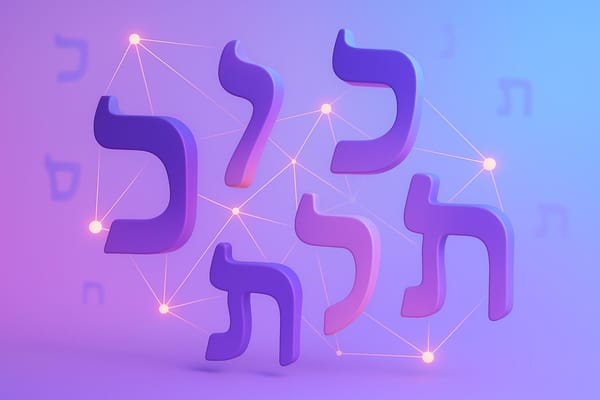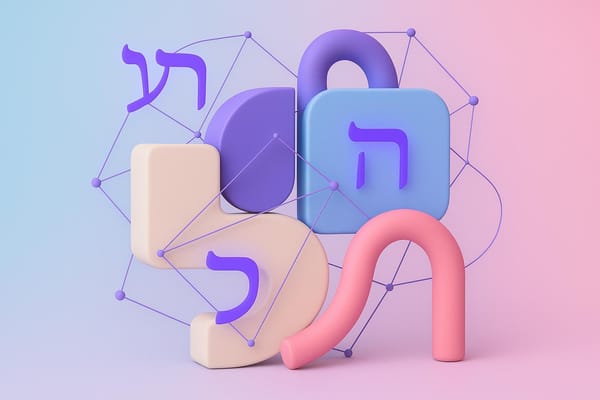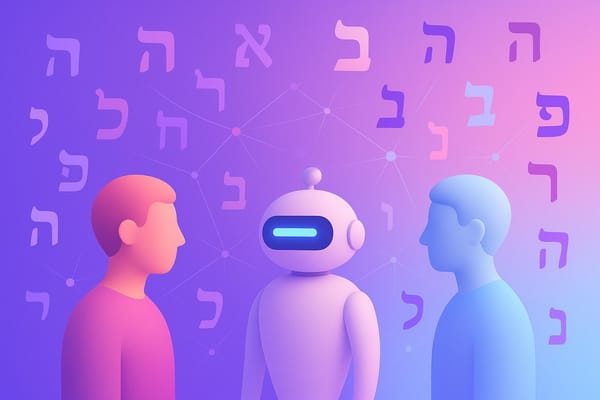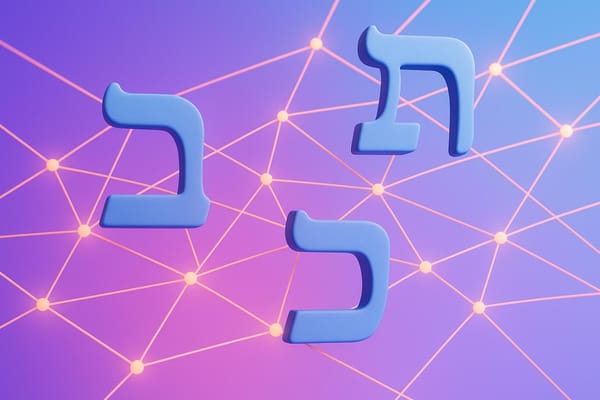Cultural Context in Hebrew AI Translations
Explore the challenges of Hebrew translation with AI, cultural nuances, and the benefits of hybrid methods for accuracy and efficiency.
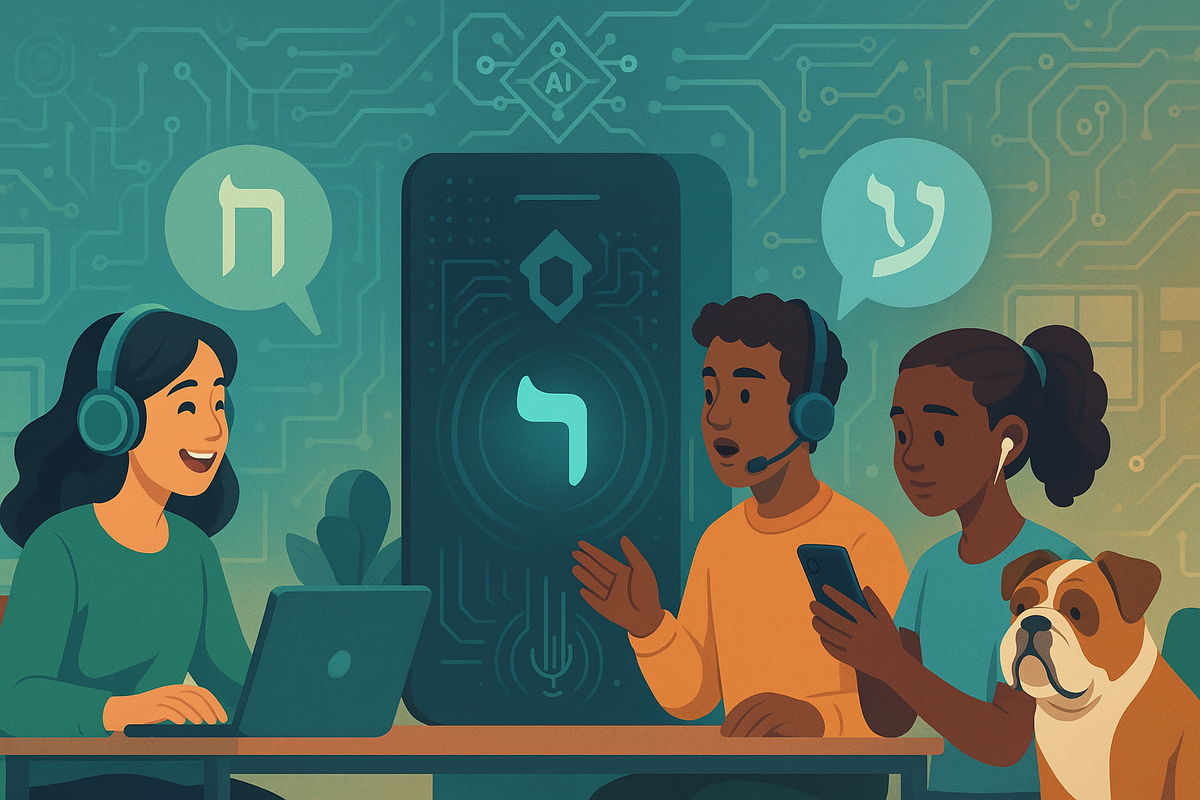
Hebrew translation is challenging for AI due to its gendered grammar and cultural nuances. Here's what you need to know:
- AI Tools: Systems like baba handle gender and context better than basic tools, improving accuracy in casual and professional settings.
- Traditional Methods: Human translators excel in cultural and legal contexts but are slower and more expensive.
- Key Trade-offs:
- AI is faster and cost-effective but struggles with complex texts.
- Human translation ensures nuance but lacks speed.
Quick Comparison
| Aspect | AI Translation | Human Translation |
|---|---|---|
| Gender Handling | Dynamic adjustments | Manual, inconsistent |
| Cultural Sensitivity | Limited | Strong |
| Speed | Instant results | Slower |
| Cost | Lower for high volumes | Higher due to expertise |
| Complex Texts | Struggles with nuances | Excels in critical contexts |
For best results, use AI for routine tasks and human translators for nuanced or sensitive content. A hybrid approach often works best.
Gender bias and artificial intelligence: What are the challenges?
1. baba - Smart Hebrew Translation
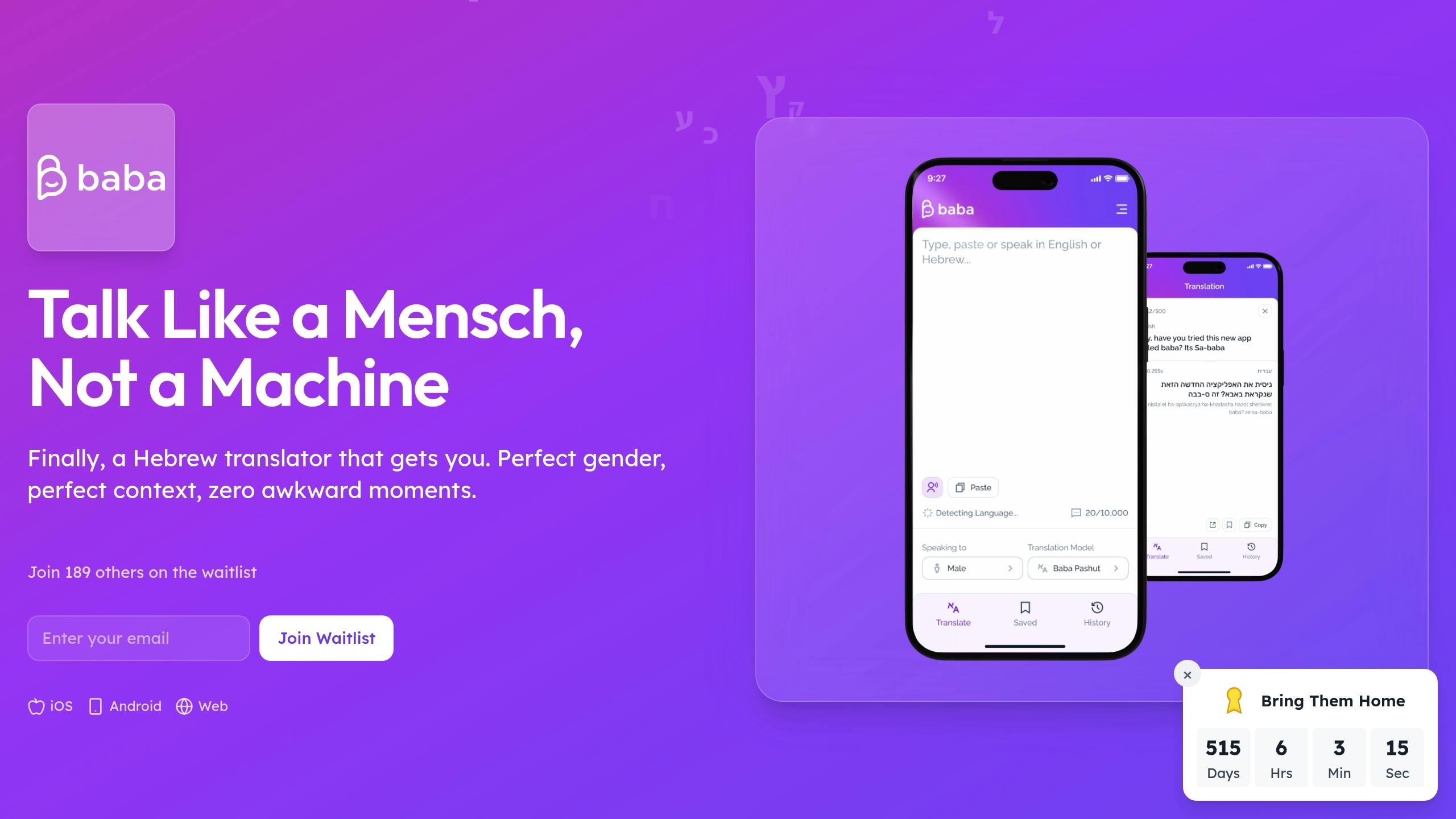
baba is changing the game in Hebrew translation by tackling the language's unique cultural and gender-specific nuances. Unlike other tools that default to masculine forms, baba carefully considers gender for both the speaker and the listener, delivering translations that feel natural to native speakers.
Take the phrase "I want a cookie" as an example. A basic translation might incorrectly apply gender markers. baba, however, ensures these markers are accurate, producing translations that align with Hebrew's linguistic rules.
Here’s how baba shines in real-world scenarios:
- Professional Settings: Automatically adjusts tone and formality for business communication.
- Social Conversations: Keeps the flow casual while respecting cultural context.
- Group Communication: Handles complex plural forms, accounting for both gender and number.
Since its launch, baba has powered millions of precise translations, helping thousands of newcomers navigate Israeli society with ease.
The baba team explains it best:
"Unlike traditional translation tools, baba understands that Hebrew is more than just words - it's a living, breathing language deeply rooted in context, gender, and cultural nuance."
This deep understanding allows baba to transform clunky, literal translations into smooth, natural Hebrew - whether you’re closing a business deal or chatting with friends.
Want to see it in action? Join the waitlist for the mobile app at www.itsbaba.com.
2. Standard Translation Methods
Standard translation methods often face challenges when dealing with Hebrew's complex linguistic and cultural aspects. Unlike AI tools that adjust dynamically, traditional methods struggle to manage Hebrew's unique nuances effectively.
These services typically depend on human translators, who provide accuracy but lack the speed of automated systems. Here's how they handle Hebrew's specific challenges:
-
Gender and Grammar Issues
Human translators often default to masculine forms, which can result in awkward or culturally insensitive translations. -
Cultural and Legal Context
Traditional methods sometimes overlook the cultural and legal subtleties that are critical in Hebrew, particularly in contractual language.
Comparative Overview
| Aspect | Human Translation | Basic Machine Translation |
|---|---|---|
| Cultural Context | Strong understanding but slower | Limited cultural awareness |
| Gender Handling | Requires manual adjustments | Defaults to masculine forms |
| Legal Documents | Accurate with cultural sensitivity | May miss important nuances |
| Idiomatic Expressions | Interpreted correctly | Often translated literally |
These shortcomings have led many organizations to adopt hybrid approaches, combining the speed of AI with the nuanced understanding of human translators.
Errors in translation can have serious consequences, especially in legal contexts. For instance, mistranslating "termination" as "cancellation" in legal documents has led to significant misunderstandings and disputes. Similarly, using incorrect gendered terms in contracts can change the intended meaning entirely.
This highlights the increasing demand for advanced solutions that balance cultural and linguistic accuracy with efficiency. Many organizations are turning to hybrid methods that integrate human expertise with technology to produce contextually accurate translations.
Key Differences and Trade-offs
Hebrew translation has transformed significantly with the rise of AI-powered tools. This section breaks down the key differences between AI and traditional translation methods to help you make informed choices.
Performance Analysis
AI tools like baba have tackled Hebrew's tricky grammar, including gender and plural forms, with noticeable improvements. Here's a side-by-side comparison of AI and traditional methods:
| Aspect | AI Translation | Traditional Methods | Impact on Quality |
|---|---|---|---|
| Gender System | Adjusts dynamically to context | Manual handling, prone to inconsistencies | AI produces more fluid results |
| Cultural Context | Relies on automated pattern recognition | Deep understanding of cultural nuances | Traditional methods shine in this area |
| Processing Speed | Delivers instant results for large volumes | Slower, depending on complexity | AI saves a lot of time |
| Cost Efficiency | Lower costs for high-volume projects | Higher costs due to human expertise | AI is more budget-friendly |
| Complex Text | Struggles with legal and religious nuances | Excels with context-rich, sensitive documents | Traditional methods are better for critical texts |
These distinctions highlight the strengths and limitations of each approach.
Critical Trade-offs
Choosing between AI and traditional methods often comes down to balancing priorities:
- Accuracy vs. Speed: A UCLA study found that Neural MT can achieve near-human accuracy in certain cases.
- While AI is cost-effective and ensures consistent language use, human translators excel at preserving cultural depth and creative intent.
"This entire notion of 'machine translation' is based on what I think is a false notion of equivalence between languages, the notion that every language expresses something similar in comparable terms".
Optimal Usage Scenarios
Understanding these trade-offs helps pinpoint when to use each method:
-
AI Translation Works Best For:
- Routine communications
- Standardized business documents
- Real-time conversations
- Projects requiring consistent terminology
-
Traditional Methods Are Ideal For:
- Legal and religious texts
- Marketing materials tailored to cultural specifics
- Complex negotiations
- Literary works needing creative interpretation
A hybrid approach often delivers the best outcomes. By combining AI's efficiency and consistency with human expertise for nuanced and complex content, organizations can achieve balanced results.
Summary and Recommendations
After analyzing AI-powered and traditional Hebrew translation methods, here's a breakdown of when to use each and how to get the best results.
When to Use AI Translation Tools
AI translation tools, like baba, work well for:
- High-Volume Business Communications: Ideal for routine translations, saving both time and money.
- Real-Time Interactions: Great for quick, casual, or basic business exchanges.
- Standardized Documents: Perfect for repetitive content like product descriptions or customer service replies.
When to Choose Traditional Translation
Traditional methods shine in scenarios where precision and nuance are critical:
- Legal Documentation: Necessary for texts involving cultural or religious subtleties.
- Medical Translations: For example, Tomedes' clinical trial translation project achieved 90% compliance through expert translators.
- Marketing Materials: Essential for content requiring cultural understanding and creative interpretation.
Best Practices for Better Results
Here’s how to ensure high-quality translations based on content type:
| Content Type | Quality Assurance Steps |
|---|---|
| Technical Documents | Verify terminology, check context |
| Legal Contracts | Review cultural compliance, validate legally |
| Business Communications | Basic human review for tone and context |
| Marketing Content | Check cultural sensitivity, adapt creatively |
To achieve the best outcomes, use translation memory, conduct thorough quality checks, and allocate sufficient resources for critical tasks.
By tailoring your approach to the content type, you can balance efficiency with accuracy while preserving Hebrew's cultural and linguistic depth.
Want to stay ahead? Join the waitlist for our mobile app at www.itsbaba.com.


